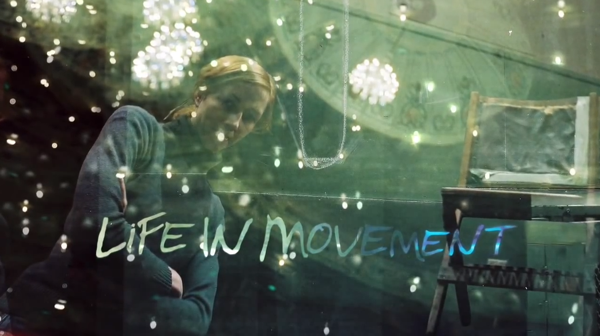In 2007, at the tender age of twenty-nine, Tanja Liedtke was a force. A compelling and promising choreographer who had been dubbed “the new face of contemporary dance”, she was unexpectedly selected from 54 applicants and appointed the new Artistic Director of the Sydney Dance Company to succeed Graeme Murphy, the company’s leader since 1976. Tragically, before assuming this new position, her life and career was cut short when she was hit and killed by a garbage truck while going for a walk early one morning on Sydney’s north shore. Her death left a company in shock without a leader, her lover without a life partner, and the work and vision of an urgent and audacious voice that had suddenly been silenced.
Although German born, Liedtke had trained at London’s Rambert School and had dual Australian citizenship, where she had danced professionally with Australian Dance Theater and later with Lloyd Newson’s renowned DV8 Physical Theater. Newson had commended “her steely determination, intertwined with kindness, to make art and life work harmoniously.” Tanja Liedtke’s choreography was intelligent, complex, and vital, and seemed to be asking urgent questions of both itself and the audience. She was known as an incredibly demanding director whose work combined an often dark and acerbic wit with lyrical athleticism.

While there are few good things to come out of such tragedy, the documentary Life in Movement was definitely one of them. Like Wim Wenders’ Pina, in addition to profiling its charismatic subject, it explores what happens when dancers are left to carry on their choreographer’s work and vision, at least for a time, without their physical presence.
I was stunned both by the intelligence and raw power of Tanja Liedtke’s movement and the breadth of her search. Created in 2011, Life in Movement, directed, shot, edited and co-produced by Bryan Mason, is a gorgeous, sensitive, and haunting feature length documentary that leaves the viewer, like her company and the audience for Tanja’s work itself, wanting much more.
Although not currently showing and difficult to find (check out www.closerproductions.com.au and http://www.tanja-liedtke-foundation.org), it should not be missed. The film’s trailer gives a sense of Tanja Liedtke’s brilliance, and of course of the power of the film itself.
See it if you can.
